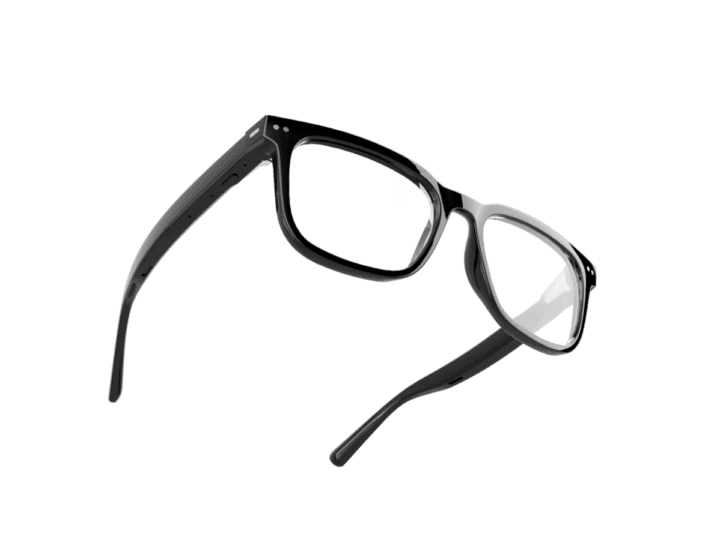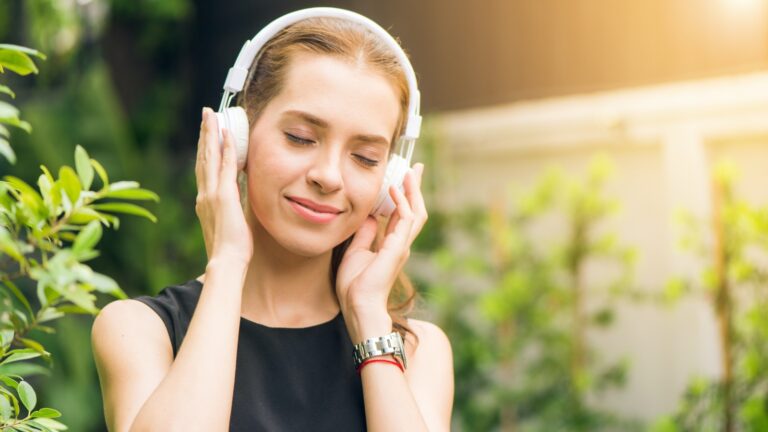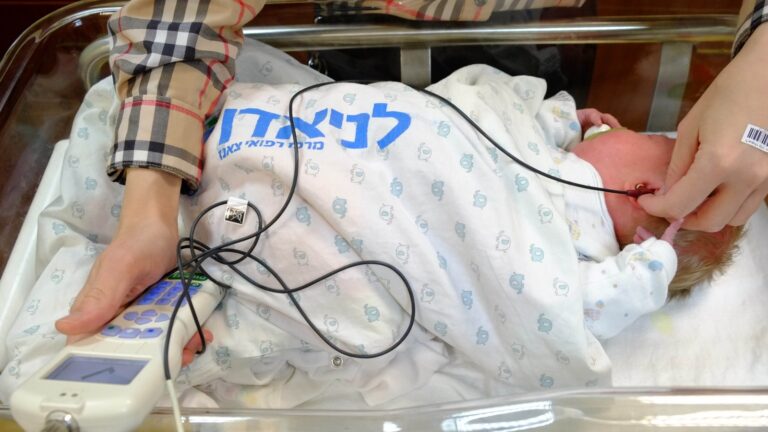Each year some 4,000 Americans report the onset of sudden hearing loss (SHL) – hearing loss of 30 dB or more. Numerous attempts have been made to identify the cause of this disease and many factors have been documented such as infectious diseases, both bacterial and viral.
Other causes can include circulatory disorders, traumatic injuries, as well as immunologic, toxic, neoplastic, metabolic, and neurologic sources. However, the cause of SHL can only be identified in 10 to 15 percent of patients; the remainder of cases, which have no obvious cause are termed idiopathic sudden hearing loss (ISHL).
About two thirds of patients with ISHL recover without treatment within days, most in the first two weeks after onset. The prognosis is worse if the patient has severe hearing loss with downward-sloping audiograms and vertigo, and does not begin recovery within two weeks. Many treatment regimens have been proposed for ISHL, but none has been consistently supported.
However, Israeli researchers have recently discovered that Vitamin E may be effective in restoring sudden onset hearing loss of unknown origin. The results, which found the vitamin to improve recovery of the disease, suggest that antioxidants may play a role in the prevention and restoration of hearing loss.
“SHL occurs quite frequently. It happens suddenly, you can wake up in the morning and feel a loss of hearing in one or both ears. Because of that suddenness, it’s a very dramatic and stressful disease,” Dr. Henry Z. Yoachims told ISRAEL21c. Yoachims is from the Department of Otolaryngology and Head & Neck Surgery, at Rambam Medical Center and a member of the Faculty of Medicine at the Technion Israel Institute which conducted the study.
“In about two thirds of occurrences there’s a spontaneous recovery, but with the other third, the hearing loss can continue indefinitely. Generally, these patients are hospitalized and given some kind of treatment. Every hospital has its own regiment, because no single treatment has been found to be effective. We’re constantly seeking new solutions to the problem Because antioxidants are very popular right now for treatment of heart disease and other problems, we decided to see if it could be helpful with ISHL.”
Vitamin E plays a very special role in the body as a “protector.” Free radicals are toxic by-products from environmental pollution (ozone, nitrogen dioxide, heavy metals), ionizing radiation, cigarette smoke and many other sources. Free radicals damage delicate components of cells in the body, and have been linked to many medical problems. Substances that protect cells by “neutralizing” free radicals are called “anitoxidants,” and vitamin E is the body’s primary antioxidant. Others include vitamin C and beta carotene.
Yoachims and his team from the Technion devised a prospective study, treating 66 patients with the disease at Haifa’s Rambam Hospital.
“We randomly divided the patients into two groups. The control group we administered standard treatment which includes doses of magnesium and steroid treatment. The second group received the same treatment, but in addition, received 400mg of Vitamin E twice a day,” said Yoachims.
“We compared the results after and saw a dramatic difference. Within the group that received Vitamin E, there was at least a 75% hearing recovery in about 80% of the patients. In the control group, there was only about about a 45% recovery rate.”
Yoachims and his team – consisting of Drs. Arie Gordin, Avishay Golz, Aviram Netzer, and David Goldenberg – wrote a report on the study called ‘Antioxidants in Treatment of Idiopathic Hearing Loss.’
Yoachims said he presented the findings at the American Academy of Otolaryngology-Head and Neck Surgery Foundation Annual Meeting & OTO EXPO in New York last week, adding that the presentation was well received and prompted much discussion.
The antioxidant properties of vitamin E have been known for many years. Since its discovery, vitamin E has been recognized as an essential factor in neurologic function. It has also been associated with prevention of cardiovascular diseases, reduction of risk of cancer, and functioning of the immune system.
There is some preliminary evidence to suggest that antioxidants may help treat the disease. Previous research has shown that superoxide anion radicals (O2-) appear in the inner ear of experimental animals after damage caused by noise-induced trauma, administration of ototoxic drugs (those that damage the ears), and inflammatory disease. Other studies have shown that antioxidants could prevent the ototoxicity of cisplatin, a common chemotherapy drug.
“Further studies should be directed toward a better understanding of the role of antioxidants in idiopathic sudden hearing loss,” said the researchers in their report.
“This was a pilot study, since we didn’t really know which antioxidant to use. We preferred Vitamin E because it’s readily available and not expensive. But there are questions that remain. Maybe some other antioxidant would be better, or maybe the dosage we gave was not optimal. One option we’re considering is trying pomegranate juice, as it is thought to be the best antioxidant.” Said Yoachims.
In a parallel study which followed up a study conducted a year ago, the Israeli research team probed pediatric hearing loss caused by otitis media and poor reading performance.
Acute otitis media is an inflammation of the area behind the eardrum (tympanic membrane) in the chamber called the middle ear. Deep within the outer ear canal is the eardrum. The eardrum is a thin, transparent membrane that vibrates in response to sound waves. The middle ear contains air and sits behind the eardrum. When the eardrum vibrates, tiny bones within the middle ear transmit the sound signals to the inner ear.
In the inner ear, nerves are stimulated to relay the sound signals to the brain. The eustachian tube, which connects the middle ear to the nose, normally ventilates and equalizes pressure to the middle ear. When your child’s ears “pop” when yawning or swallowing, the eustachian tube is adjusting the air pressure in the middle ear.
They determined that first and second graders with obvious reading impairments have escaped the deleterious effect of otitis media during later school years, once they were completely cured, and restored normal hearing. These children have caught up their reading skills nearly to the level of a control group.
One year ago, study results were presented addressing the reading performance in children with otitis media in early childhood. The findings revealed that middle ear diseases during early years and the attendant hearing losses adversely affect reading performance in first and second graders.
The follow-up study using the same children from the study group three to four years later sought to determine whether the differences in reading performance between these children and the healthy children persist, or whether the ‘otitis children’ would catch up in their reading skills once they will recover from their middle ear diseases and grow older.
This research effort reevaluated the reading performance in those children who had reading impairment when they were in the first and second grades. Now the same children are in the fifth and the sixth grades; researchers inquired whether reading performance was still affected beyond the first years in school, once middle ear diseases are cured and hearing returns to normal; whether that performance is still affected among those children who still suffer from middle ear problems and hearing losses in later school years; and if reading is impaired among the unhealed children, what is the extent of such impairment?
The team’s finding were also presented at the New York conference.














